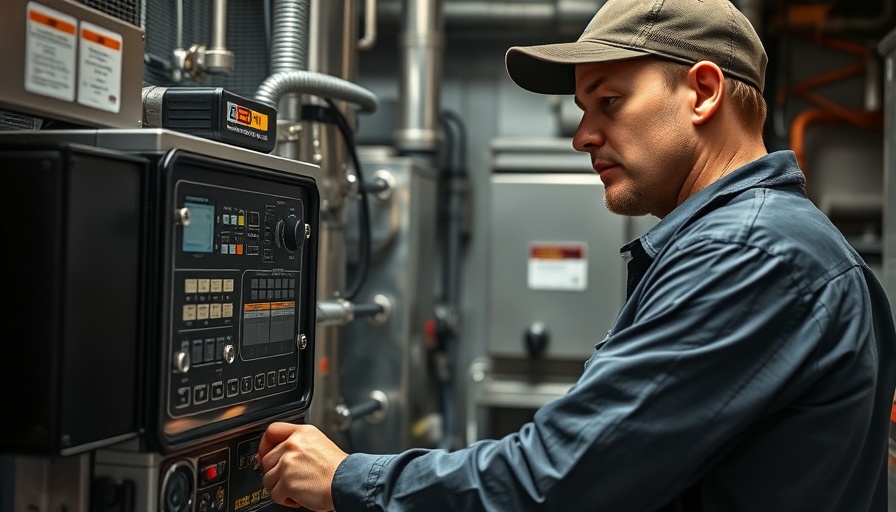
The Resurgence of Residential Construction: A Snapshot of the Current Landscape
The residential construction sector is undergoing significant transformations influenced by shifting economic conditions and consumer preferences. In recent years, we have witnessed remarkable growth, especially in multi-family housing and eco-friendly constructions that combine modern aesthetics with sustainable practices. Lenders have loosened their grips, which has spurred an uptick in homebuilding, creating opportunities for new startups and contractors as markets recover from the pandemic-induced slump.
Navigating Challenges: Supply Chain Woes and Labor Shortages
Even as construction booms, challenges abound. The lingering effects of supply chain disruptions from the pandemic continue to plague builders. Materials like lumber, concrete, and steel have experienced volatile prices, causing many projects to either slow down or, in some cases, come to a standstill. Moreover, skilled labor shortages remain a pressing issue, forcing contractors to adapt by investing in technology and training or looking for innovative ways to attract talent.
The Role of Technology in Shaping Future Construction
Emerging technologies such as drones, AI, and 3D printing are not just novelties; they are becoming integral in reshaping how homes are designed and built. These innovations enhance efficiency and reduce costs, allowing builders to optimize their processes. Moreover, modern project management software enables better collaboration between teams and clients, streamlining communication and helping to stay on track with timelines.
A Green Future: Eco-Friendly Homes Gain Popularity
Today's home buyers are increasingly concerned with energy efficiency and sustainability. Builders responding to this demand are integrating renewable materials and energy-efficient technologies into their projects. Solar panels, smart home systems, and energy-retaining designs not only appeal to environmentally conscious consumers but also promise long-term savings on utilities, making them an economically sound choice.
Looking Ahead: Predictions and Trends in Housing Construction
As we look to the future, several trends will shape the residential construction landscape. Compact living spaces and smart home features will continue gaining traction, driven primarily by urbanization and the burgeoning digital age. Additionally, the shift toward remote work is likely to influence home designs with an increased emphasis on home offices and multifunctional spaces.
Conclusion: Embracing Change in Residential New Construction
While the residential construction industry is rife with challenges, it is also filled with opportunities for innovation and growth. From navigating supply chain issues to adopting new technologies and focusing on eco-friendly designs, builders are at the forefront of change. With a keen eye on emerging trends, those involved in the residential market can better position themselves for success in the evolving landscape.
 Add Row
Add Row  Add
Add 




Write A Comment